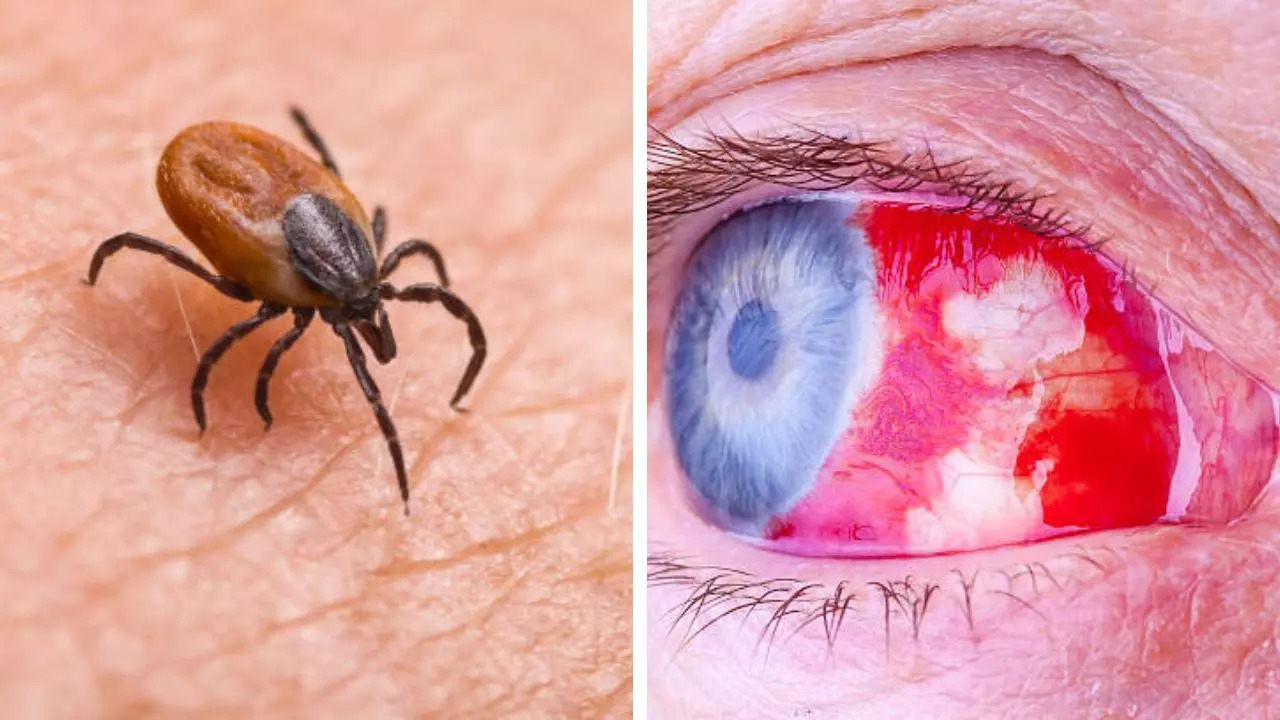Crimean-Congo haemorrhagic fever threatens public health services because the virus can cause epidemics
A 14-year-old Pakistani boy has tested positive for one of the world’s deadliest diseases, which causes eye bleeding. Crimean-Congo haemorrhagic fever (CCHF), which is spread mainly through infected ticks, is threatening public health services as the virus can cause epidemics.
According to the World Health Organization, CCHF has a high fatality rate (between 10 and 40%) and is difficult to prevent and treat. It is endemic in Africa, the Balkans, the Middle East and Asia.
The infected teenager is in an isolation room.
Doctors in Quetta say another suspected infection has been reported and the infected child has been placed in an isolation ward. “The infected patient is being treated in the isolation ward from Congo, but we have another suspected patient from Congo whose report is yet to be confirmed,” Dr Zubair Mandokhail, deputy medical superintendent of Fatima Jinnah Chest Hospital, told Arab News.
This year, Pakistan has reported 84 cases of CCHF and five deaths from the disease.
Experts say hospitals in affected countries typically see a surge in cases around Eid, when people buy and slaughter animals in large numbers.
What is CCHF?
According to doctors, the disease was first described in the Crimean peninsula in 1944 and was named Crimean haemorrhagic fever. In 1969, it was recognised that the pathogen causing Crimean haemorrhagic fever was the same as that responsible for a disease identified in 1956 in the Congo Basin. The linking of the two place names gave rise to the current name of the disease and the virus.
However, more than 80 percent of cases are asymptomatic or mild, with symptoms appearing 2 to 7 days after infection.
Experts say congenital hemorrhagic fever (CHF) is transmitted by bites from Hyalomma ticks with the virus or by contact with blood or body parts of infected ticks, sick animals or people. Once ticks contract the virus, they can remain infectious for their entire life.
Infections can sometimes occur in hospitals if someone touches the blood or body parts of sick patients, or if medical instruments are not cleaned properly. Congenital hemorrhagic fever (CHF) in pregnant women is rare, but the risk of maternal and fetal mortality is high.
Signs and symptoms of CCHF
Doctors say signs and symptoms of CCHF range from a mild, flu-like febrile illness to a severe illness characterized by bleeding, multi-organ failure and shock.
- High fever
- Muscle pain
- Dizziness
- Abnormal sensitivity to light
- Abdominal pain
- Vomiting
- Multiple organ failure
- Bleeding from the eyes
- Nosebleed
- Bruises
- Cytokine storm
Wild animals and pets can carry the virus in their blood for about 2 to 15 days, but do not show any symptoms of being sick.
CCHF is spreading around the world
Scientists say the disease could be spreading beyond its usual range and moving towards Europe due to global warming. Between 15 and 20 cases of CCHF infection have been recorded in Spain since it was first detected on the continent in 2016. The WHO has included CCHF on the list of 37 priority diseases that need immediate containment in the event of an outbreak.
In areas where the disease is spreading, risk groups include outdoor workers, farmers, animal breeders, veterinarians, hunters and health care workers.
How to treat CCHF?
Doctors say there is currently no vaccine against CCHF and therefore treatment is aimed at supporting the patient and managing their symptoms.
Disclaimer:
The information contained in this post is for general information purposes only. We make no representations or warranties of any kind, express or implied, about the completeness, accuracy, reliability, suitability or availability with respect to the website or the information, products, services, or related graphics contained on the post for any purpose.
We respect the intellectual property rights of content creators. If you are the owner of any material featured on our website and have concerns about its use, please contact us. We are committed to addressing any copyright issues promptly and will remove any material within 2 days of receiving a request from the rightful owner.

